|
The oldest city in India, Varanasi, does not have street lights or stop signs but it does have over four million residents who squeeze their way through the dusty and dirty narrow maze of streets that city is famous for. They travel in tight packs and in any number of ways; bicycle, cyclos, auto-rickshaws, cars, and motorcycles, sharing the congested streets with cows, goats, packs of dogs and brave pedestrians. There does not appear to be any rules or regulations regarding the flow of traffic which can be best described as utter chaos. There is one thing that the local drivers take quite seriously- a motorized vehicle in Varanasi must have a horn and the driver is required to use it liberally. I imagine that if a vehicle’s horn was to malfunction, driving it would be completely out of the question until the necessary repairs could be made. This is stereotypical India and if one has any preconceived notions about the country and its people they will be verified here. Hawkers line the sides of roads, there is little in the way of sidewalks, with heavily laden carts overflowing with fruit, vegetables, and mountains of food of dubious hygienic condition. They share space with vendors selling aromatic chai masala (spiced tea with milk), cigarettes and pan or betel quids. Beggars wrapped in blankets and shawls that are little more than rags are a common sight as is the sadhu, or holy man. Dressed in bright saffron-colored garments, their faces covered in ash, yellow saffron and blood red vermillion paste, the sadus, also known as babas, are homeless ascetics who primarily worship the Hindu god Shiva. Living only from alms, they spend their time in prayer and meditation. In my mind they must be descendants of the ancient rishis, a Vedic term for mendicant monks who once roamed much of Asia and play prominent roles in Indian literary classics such as the Ramayana and Mahabharata. Bass relief carvings of rishis are a common sight at the temples of Angkor Wat in Cambodia. Interestingly, they can be found adorning the bases of the many columns supporting the main sanctuary at Angkor Wat itself. One cannot help but think that this is no accident, as Rama, the earthly incarnation of Lord Vishnu, and hero of the Ramayana said “the prayers of the rishis support the weight of the world”. Lying along the banks of “Mother Ganges”, the sacred river, Varanasi is considered by Hindus to be the holiest place on earth. It is certainly not a party place. Most restaurants, particularly near the ghats, do not serve alcohol and one must search for beer, whisky or wine. The libation of choice here is ganja or marijuana. Devotes of Lord Shiva, the principle deity worshiped here, believe that the using ganja brings them closer to god. Although smoking ganja (known as bhang in India) is illegal, eating it is not, and it is commonly used as a seasoning or consumed in beverages such as lassis and thandais. “green lassis” can be found through out the city as well as “government bhang shops” where a variety of ganja edibles can be legally purchased. Smoking marijuana may be illegal but the law does not appear to be enforced and one will often smell its pungent aroma while strolling along the ghats. In India the term ghat is used to describe steps and stairways that lead down to a river or other body of water. Primarily constructed in the 18th century, Varanasi has well over 80 ghats many of which are used for very specific purposes. For example, bathing ghats are used by Hindu devotees for entering the Ganges and conducting prayers and rituals while others are used for mundane tasks such as washing laundry. The cremation or burning ghats are of course used for the cremation of human bodies and seem to be of particular interest to many western travelers. Admittedly, I too am fascinated with the burning ghats. Not because I have a morbid or ghoulish desire to see corpses, but because it’s so interesting to see the cycle of life completed in public. Generally speaking, daily life in many parts of the world is played out in full public view. Privacy is a much different concept in the east where families prepare and eat meals, bathe, mend clothes and conduct business on the street in front of their tiny and cramped homes. While the streets of Varanasi, like most Indian cities, are noisy and chaotic the ghats offer a peaceful respite from the daily grind of urban life. In addition to the many travelers and pilgrims who pass time along the banks of the Ganges, locals too enjoy the river’s stunning views and tranquility.
Varanasi’s residents can often be heard uttering the word “Shanti”, which comes from the ancient Vedic mantra of peace “Om Shanti Shanti”. “Shanti Shanti” they say, before climbing aboard noisy auto-rickshaws, cars, and motorcycles to join the other horn- honking drivers in the city’s maddening roads. |
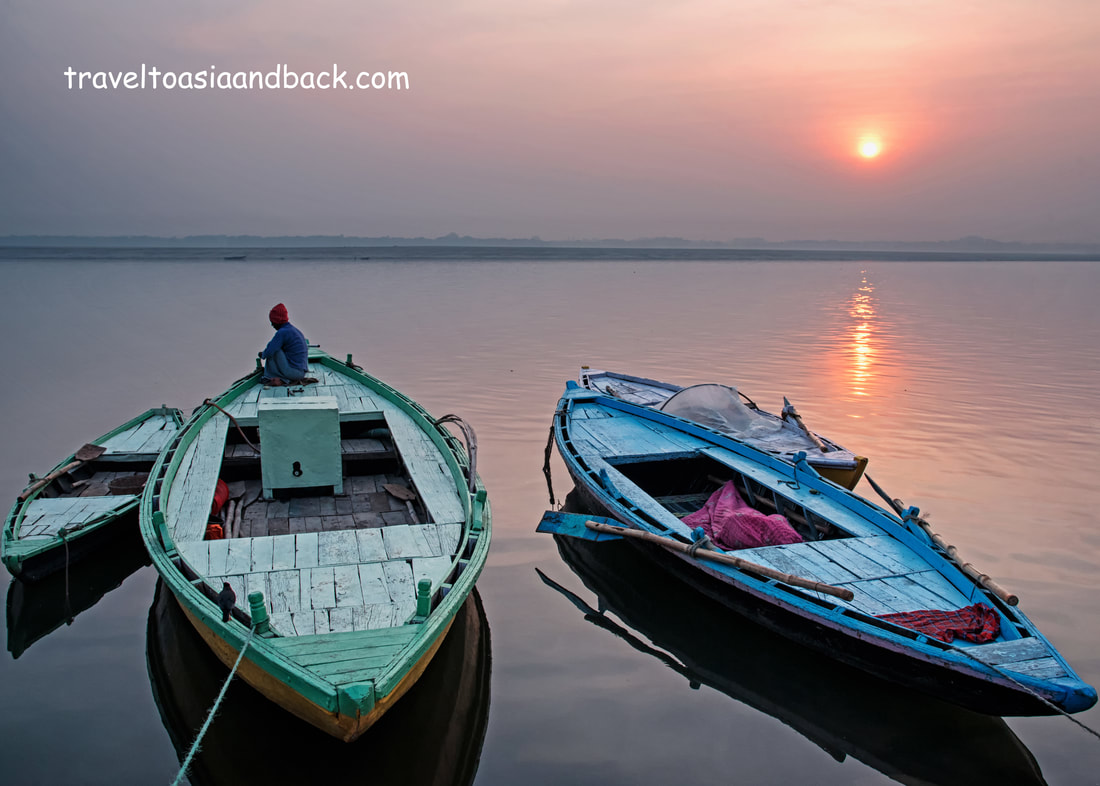
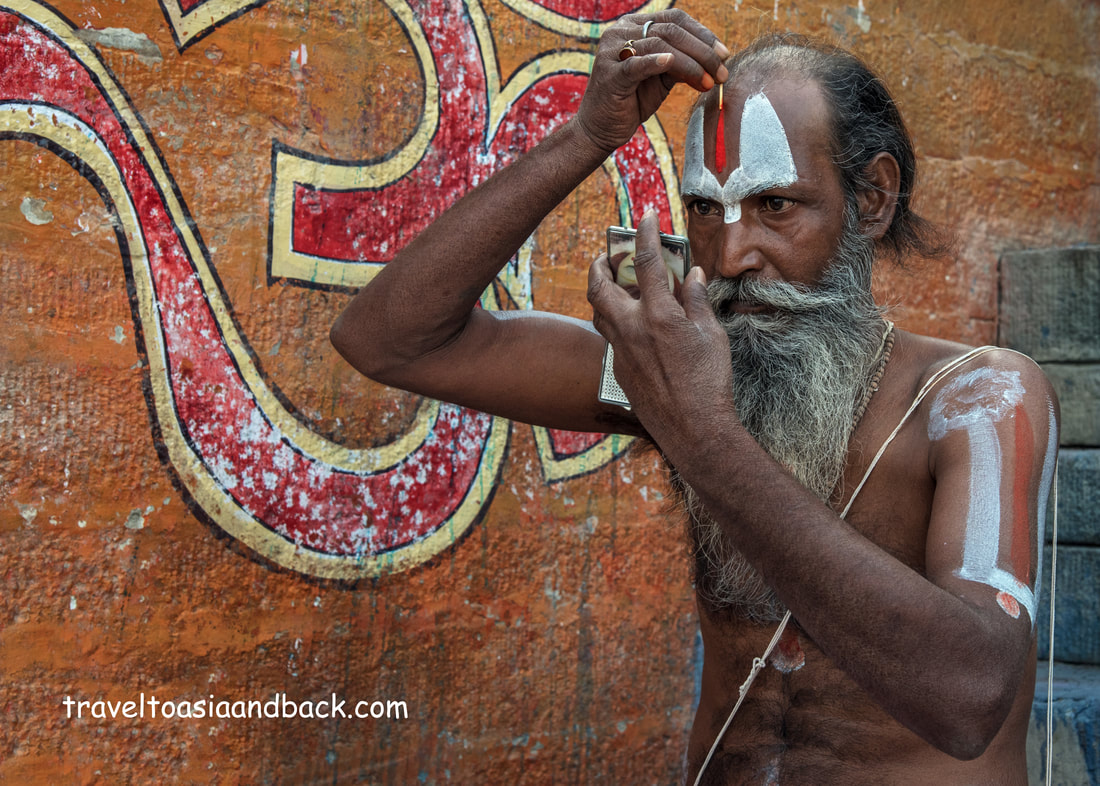
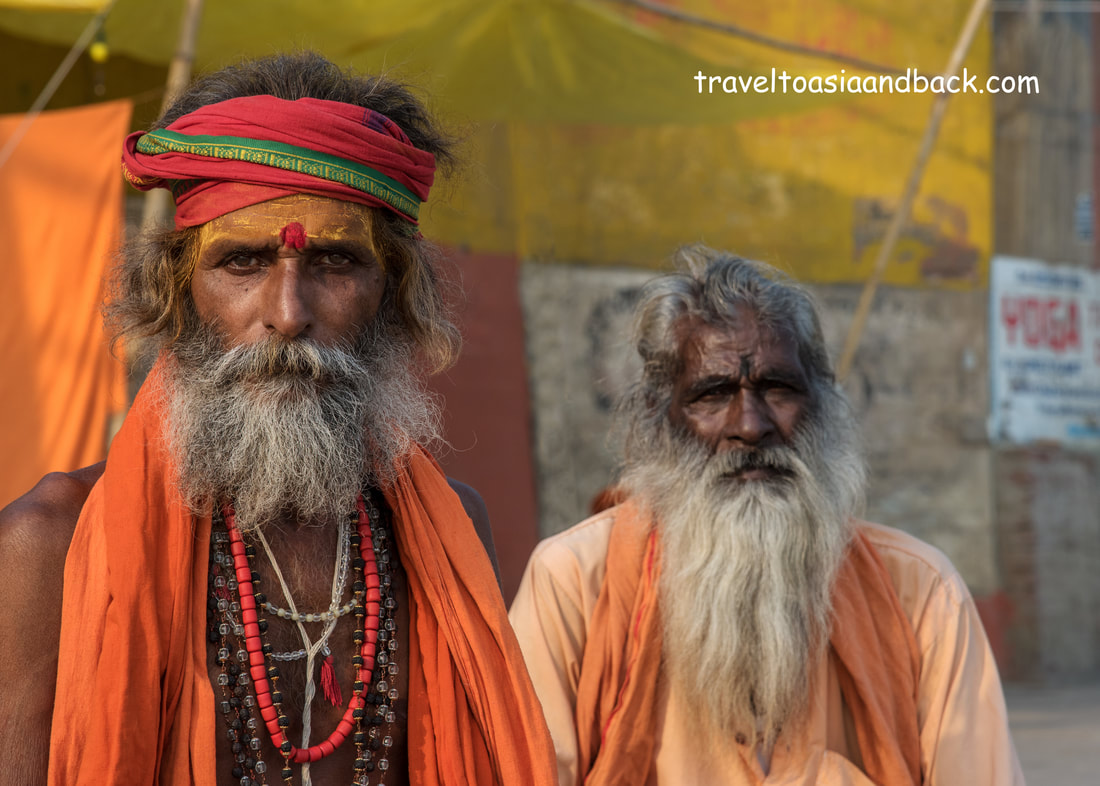
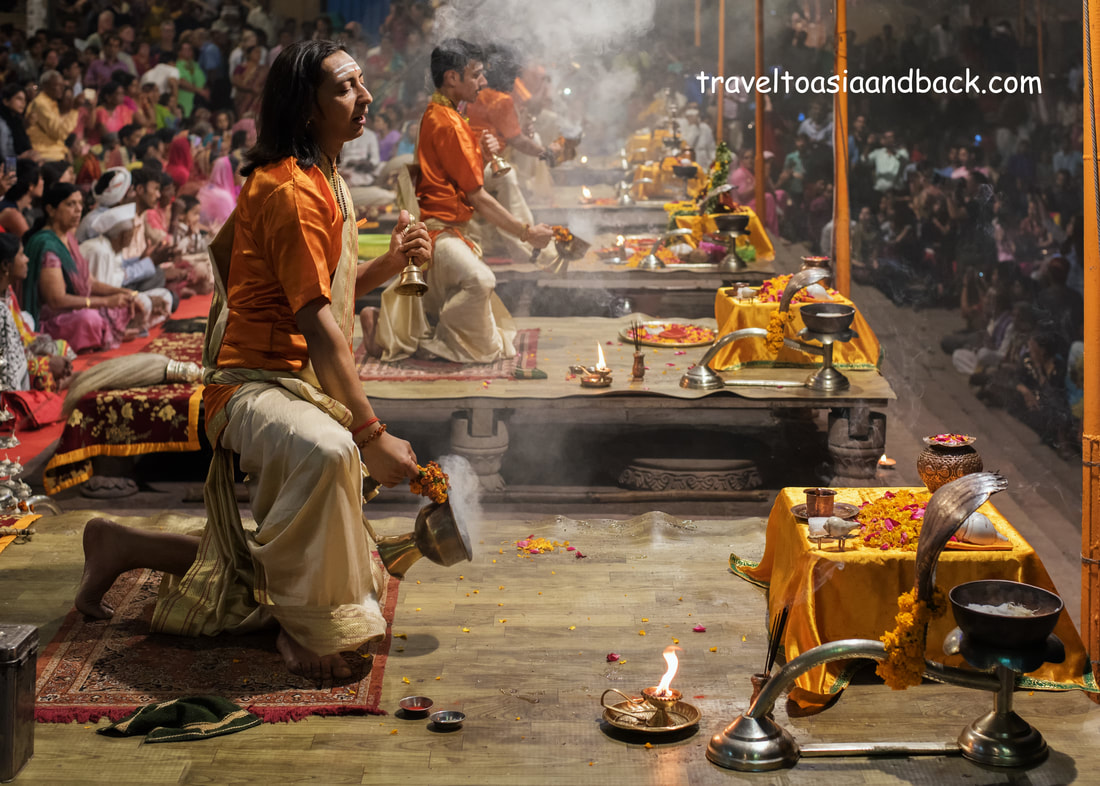
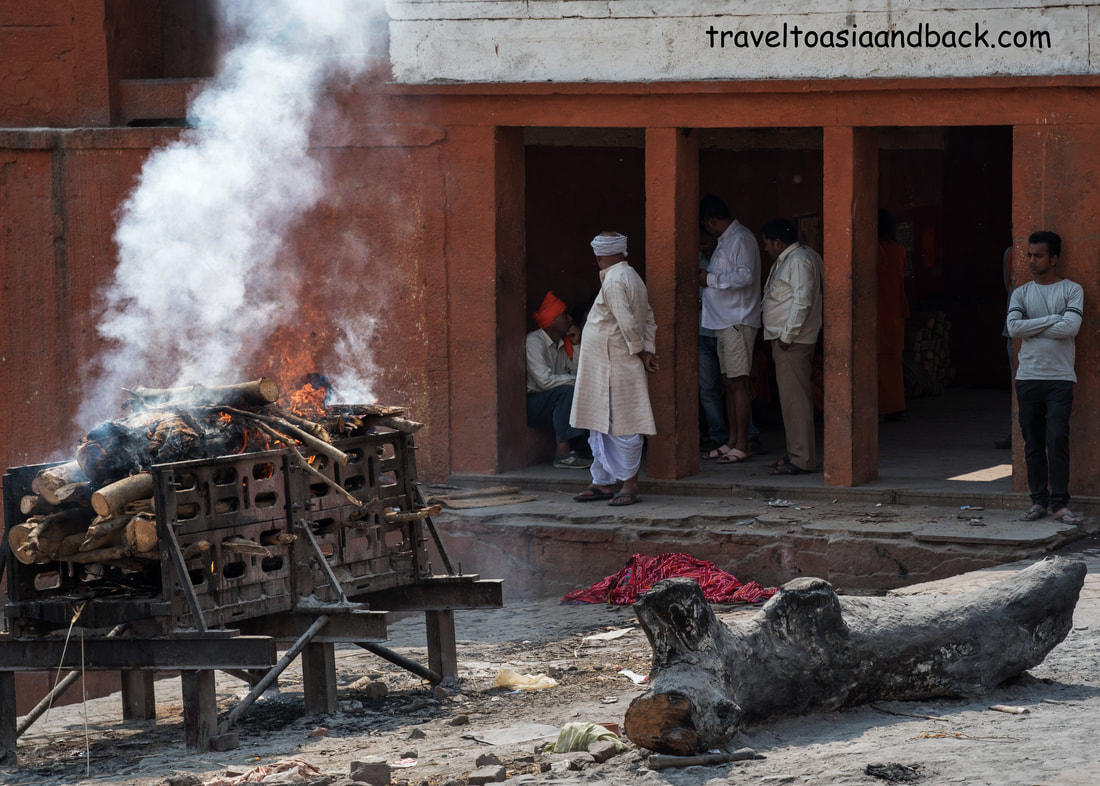
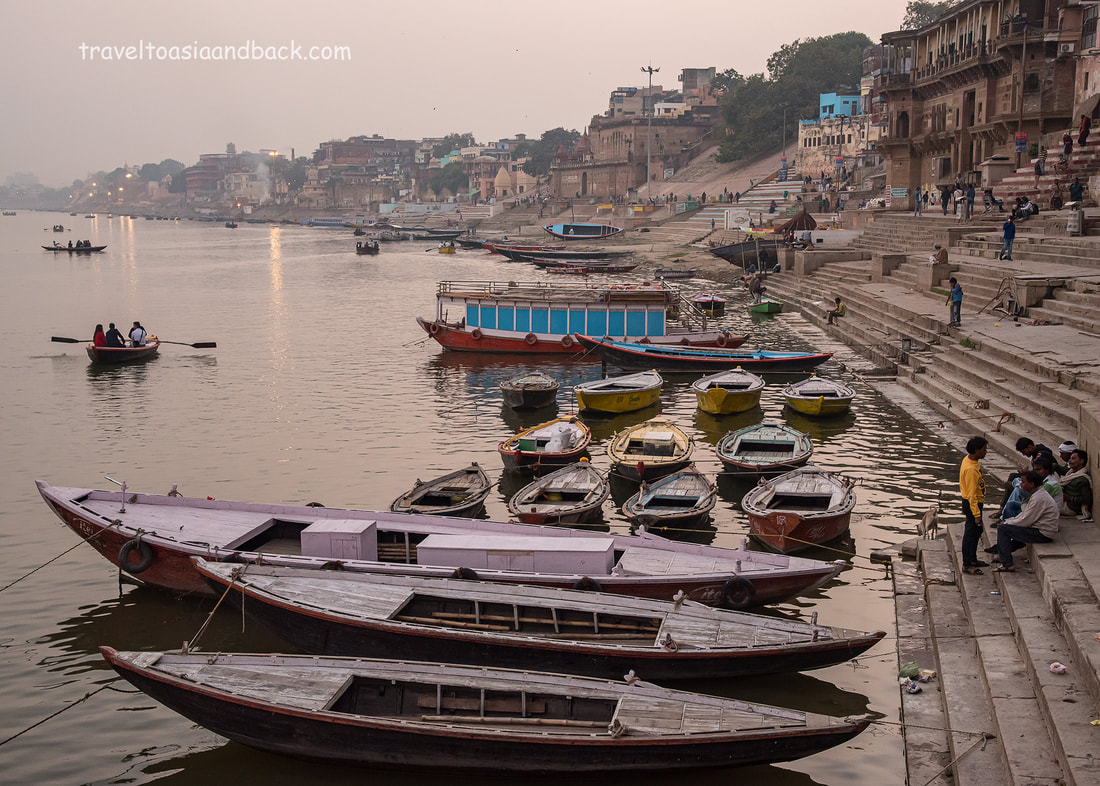
 RSS Feed
RSS Feed
